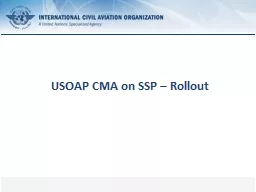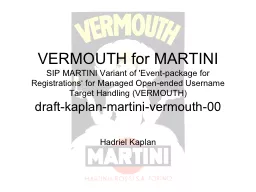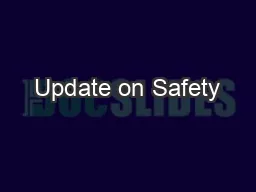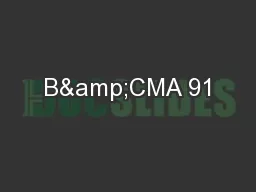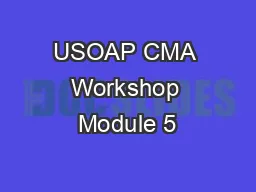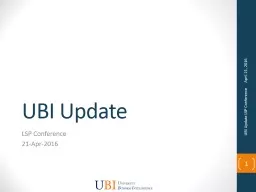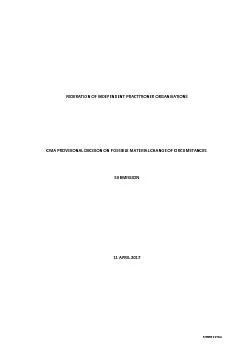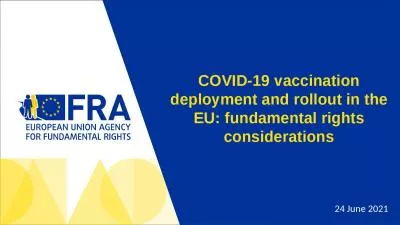PPT-USOAP CMA on SSP – Rollout
Author : phoebe-click | Published Date : 2016-04-25
Annex 19 Adopted by the Council on 25 February 2013 Became effective on 15 July 2013 and Became applicable on 14 November 2013 Annex 19 Ch3 State Safety
Presentation Embed Code
Download Presentation
Download Presentation The PPT/PDF document "USOAP CMA on SSP – Rollout" is the property of its rightful owner. Permission is granted to download and print the materials on this website for personal, non-commercial use only, and to display it on your personal computer provided you do not modify the materials and that you retain all copyright notices contained in the materials. By downloading content from our website, you accept the terms of this agreement.
USOAP CMA on SSP – Rollout: Transcript
Download Rules Of Document
"USOAP CMA on SSP – Rollout"The content belongs to its owner. You may download and print it for personal use, without modification, and keep all copyright notices. By downloading, you agree to these terms.
Related Documents

